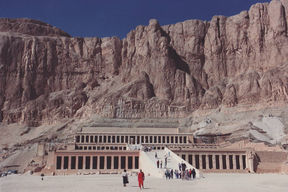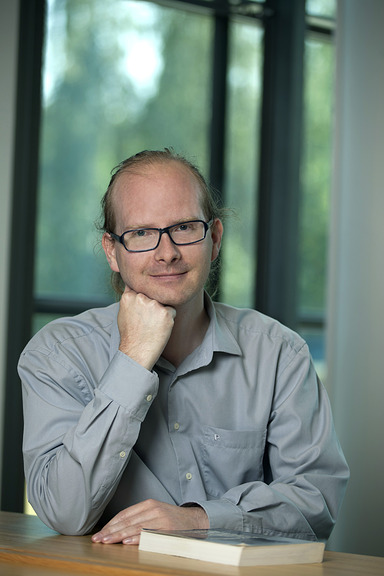THEBES

Photo: James G. Howes
Project THEBES investigates the behaviour of swelling clay barriers. In particular, the project will characterise bentonite which is going to be used for creating engineering barriers in spent nuclear fuel repositories in Finland. These investigations will be connected to constitutive modelling of this material as well as simulation of practical cases useful in risk assessment and design of such repositories.
The project consortium involves 4 partners: two universities (Aalto and Jyväskylä) as well as VTT Technical Research Centre of Finland and Numerola Oy. To achieve the project goals, they will cooperate with world-leading international institutions with multiple years of expertise regarding nuclear waste storage, experimental research, simulations of swelling clay barriers, numerical methods and constitutive modelling.
The project is funded via the Finnish Research Programme on Nuclear Waste Management (KYT).
Project objectives
The THEBES project aims to:
- provide highest quality research:
- Produce experimental data relevant for modelling of swelling clay barrier behaviour.
- Gather useful parameters for the modelling.
- Produce and validate models for assessing the behaviour of swelling clay barriers.
- Utilise the models in the case.
- disseminate the knowledge, publish the results and educate new experts:
- Organise yearly workshops open to public.
- Produce of new know-how to be applied in other projects.
- Publish highest quality scientific articles.
- Present the results in international conferences.
- Facilitate national cooperation between leading Finnish research institutions.
- Facilitate international cooperation between Finnish and leading international institutions.
- Develop and maintain the infrastructure for research.
- introduce the developed knowledge into practice:
- The experimental data will be used to develop constitutive models which will be introduced into numerical codes and provide practically important case studies.
Contact

- Published:
- Updated: